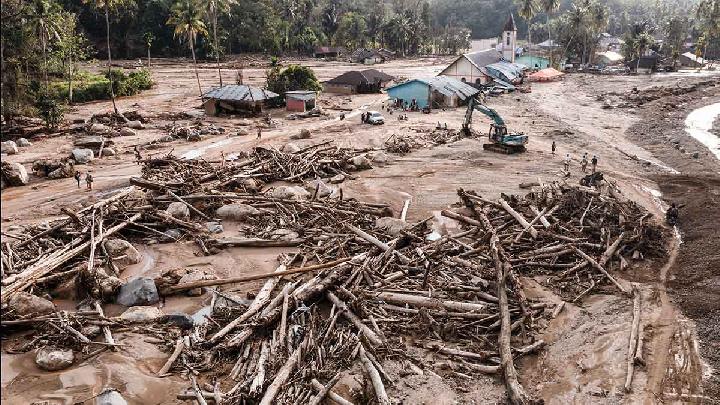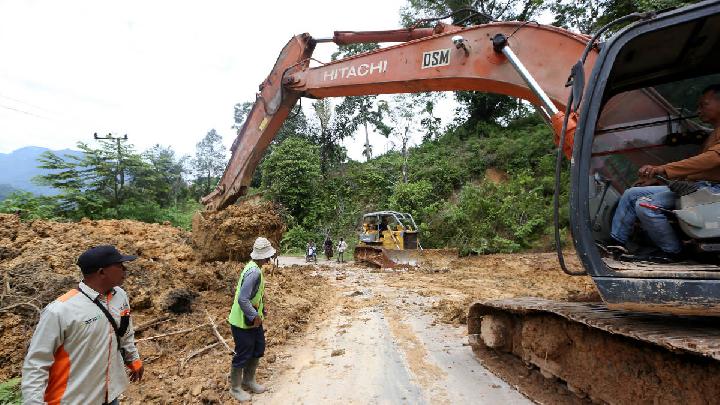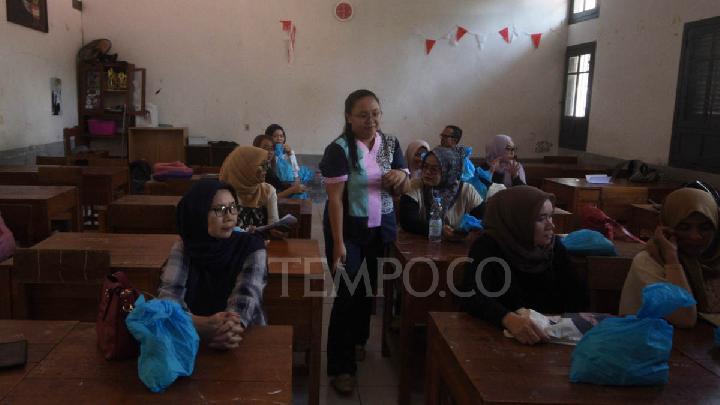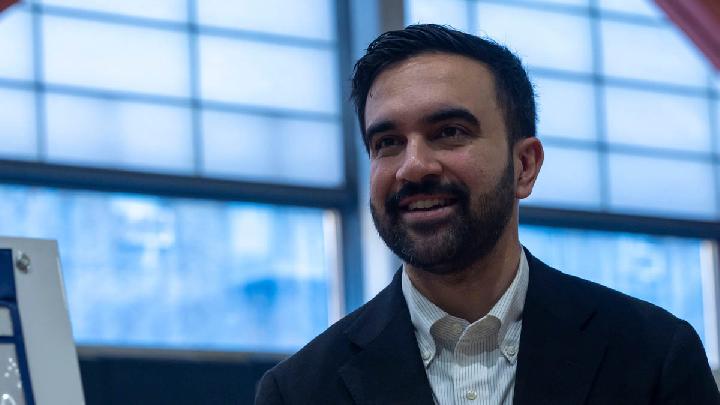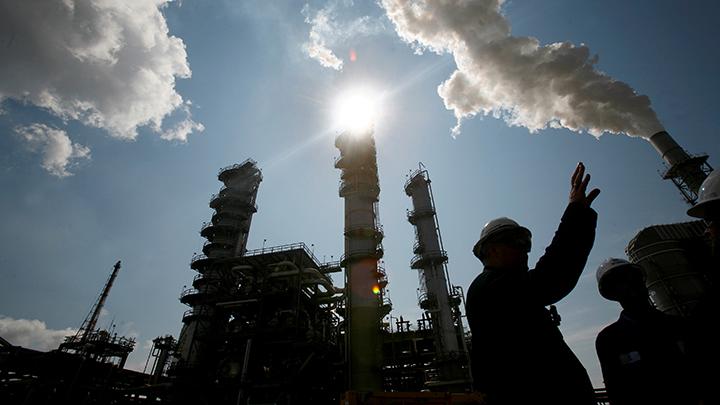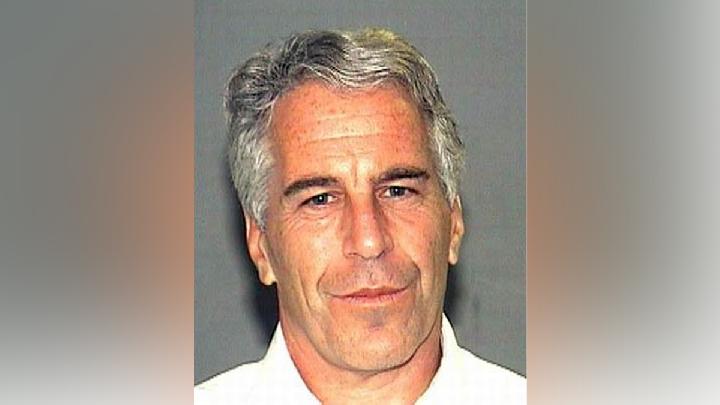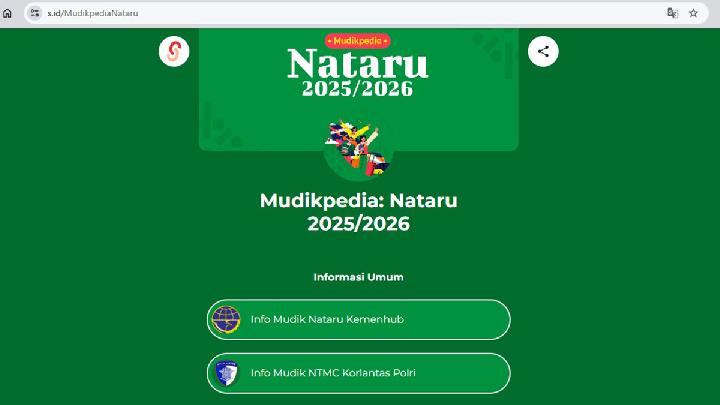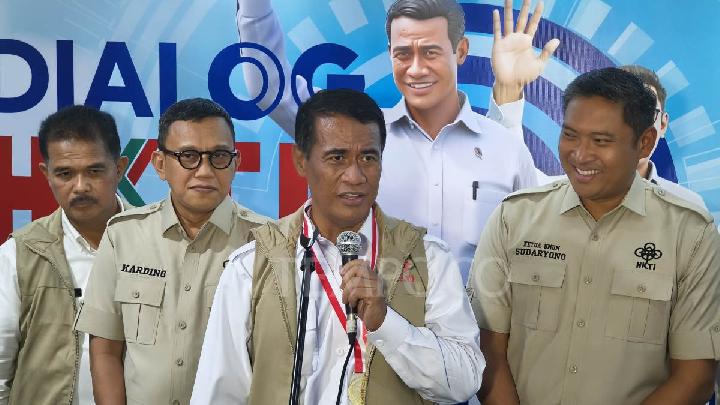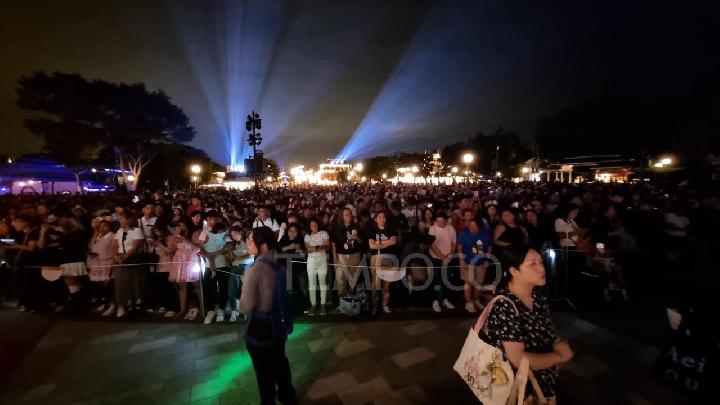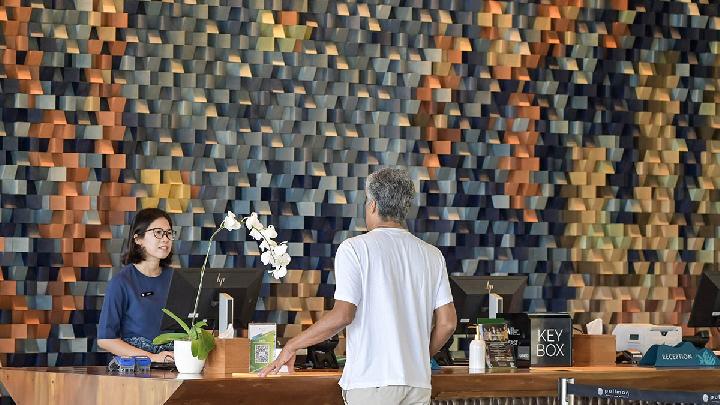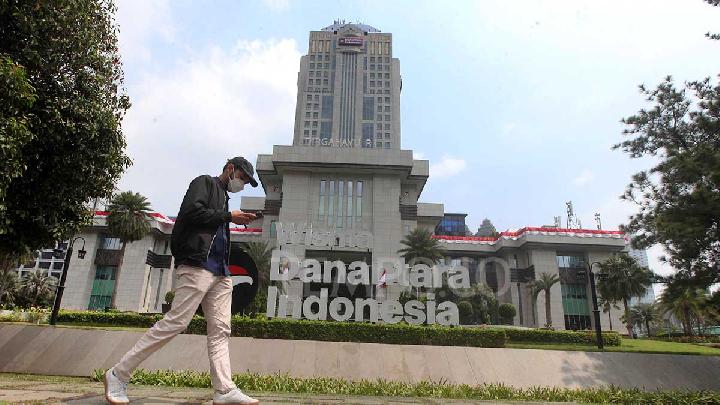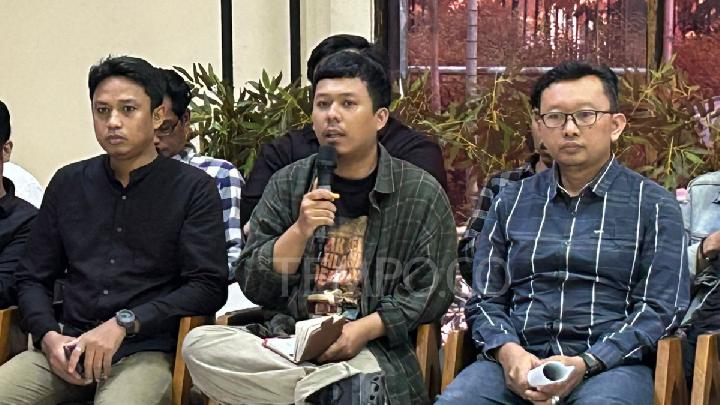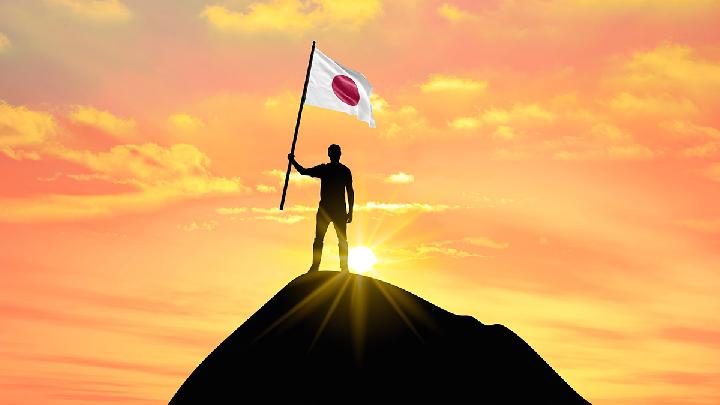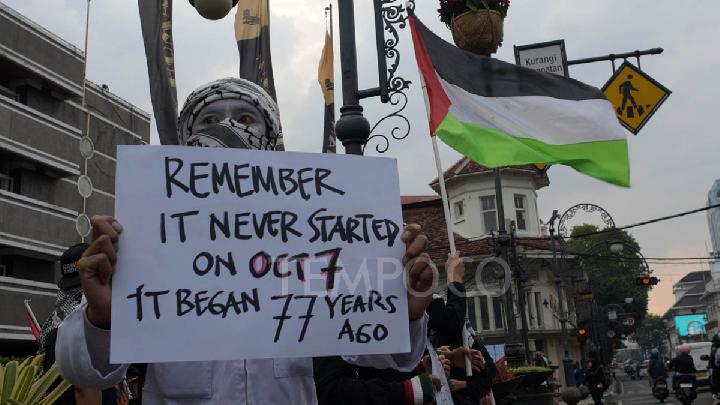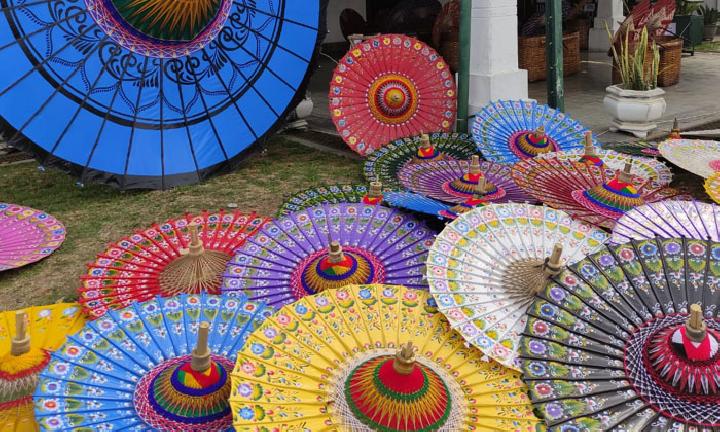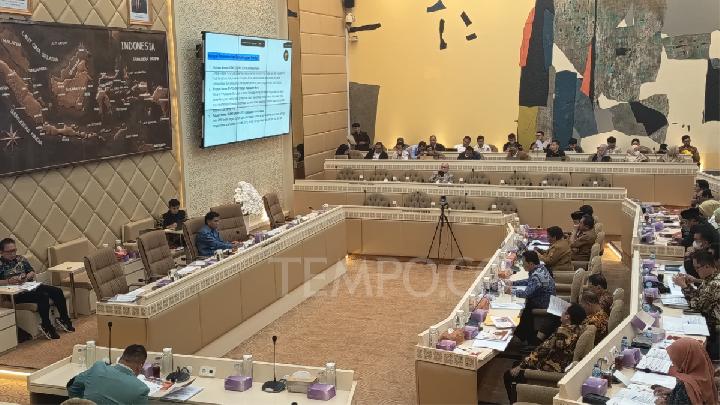September 2, 2025 | 11:33 am

By Anand P Krishnan, Shiv Nadar University.
Prime Minister Narendra Modi is scheduled to visit China’s Tianjin on August 31 for a summit meeting of Shanghai Cooperation Organization (SCO) leaders including Chinese President Xi Jinping and Russian President Vladimir Putin. His last visit to China was in 2018 for the SCO Summit in Qingdao.
The Chinese People’s Liberation Army’s ingress into Eastern Ladakh in the summer of 2020, and the loss of lives of soldiers at Galwan valley, ruptured bilateral relations and brought the two militaries into a stand-off along their disputed de facto border. After seeing little progress for four years, diplomatic and military negotiations for disengagement of the two countries’ forces at the Line of Actual Control finally gathered pace with the announcement of a Patrolling Agreement in October 2024.
While the disengagement has not led to de-escalation, the increase in pace for resetting ties has been the result of compelling economic imperatives. Modi’s visit comes at a time when India is facing 50 percent tariffs from its largest trading partner, the US.
Indispensable China
China is India’s second-largest trade partner after the US. Their total trade was $US 128 million in Financial Year 2024-25. However, within this, $US 113 million was in imports to India, highlighting the huge trade imbalance. The high dependence on China – for components, machinery and technical personnel – further illustrates this economic reality. From solar panel batteries to tunnel boring machines, electronics and home appliances to EV batteries, China has become a critical component (pun intended) in the Indian political economy.
Therefore, notwithstanding the hardening of the Indian government’s positions post Galwan, and the shrill rhetoric of boycotting Chinese products in the immediate aftermath of the incident, Indian industry and business, in the last four years, had been pushing for easing of tensions and loosening of curbs on Chinese suppliers.
Going beyond components, finished products – especially personal and home electronics – by Chinese companies have created a dedicated clientele through careful brand building and promotional campaigns, despite the increased scrutiny from Indian agencies, and thus withstood the turbulence in bilateral relations. Further, in certain sectors like port infrastructure, the dominance of Chinese entities, and lack of viable alternatives, results in making them dependable vendors for port concessionaires around the world.
Leveraging its position
Knowing its indispensable position – solidified further through the impact of the US tariffs – China has also visibly leveraged and weaponised its strategic location in the network of supply chains. Restrictions on machinery and equipment for iPhone production, tunnel boring machines and rare earths are some examples of China’s zero-sum approach to slow down industrial-infrastructural development and hold onto an advantageous negotiating position.
While some of these restrictions may have workarounds, it shows China’s muscle flexing and its negative effects for India’s domestic manufacturing ecosystem. Indian industry has voiced the need to reduce overdependence on China, but it has also called for higher inflow of Chinese FDI into key sectors such as electronics by re-looking at restrictions from countries sharing land boundaries with India.
Make in India?
The transformation of India into a manufacturing hub – the template here being China – is one of the priority objectives for the Narendra Modi government. The ambitious Make in India campaign and schemes like Production Linked Incentives (PLI) are a fillip to these ambitions to attain self-sufficiency. India has also been actively seeking benefits from the China Plus One diversification strategy, developed by Western corporations to find alternative production bases and de-risk their businesses, learning from their experiences of Covid-related disruptions in China. However, this strategy is now confronted with challenges after the 50 per cent tariffs by the Trump administration which took effect from August 27.
As a geopolitical rival, Beijing is aware of this approach – especially with India betting big on Apple-Foxconn as a critical entity to its manufacturing ambitions – and hence the squeeze on machinery and personnel to Foxconn’s Indian facilities. In the meeting with Chinese foreign minister Wang Yi in Delhi, India also sought assurances from China that it would remove export curbs on products such as fertilisers and rare earths.
There is a realisation within the Indian government that in the short to medium term, it will have to rely on China for components, machinery and technology. The admission in the Economic Survey in 2024 that ‘to boost Indian manufacturing and plug India into the global supply chain, it is inevitable that India plugs itself into China’s supply chain’, is illustrative of this reality.
The Centre has also greenlit proposals of collaborations between Indian and Chinese electronics companies through joint ventures. Plans are also afoot to create easier visa norms for Chinese nationals in non-technical executive roles in Chinese companies’ India operations. This seems to be a U-turn from the norms laid down in the last few years for these companies to only have Indian nationals in these roles.
The present ‘normalisation’ of the relations and the speed at which it is happening is not on India’s terms nor determined by it. Therefore, questions of market access of Indian products in China and non-tariff barriers remain unresolved, and there are no positive signals from Beijing on these.
While Apple has big plans for India, with a steady stream of media announcements on US tariffs, matters are complicated. For all its diversification plans, the company still retains its main production lines in China and has not announced any plans to move out of the country.
Keeping this context in mind, loud announcements by politicians need to be tempered by reality. In the recent book, Apple in China: The Capture of the World’s Greatest Company, author Patrick McGee points out that most operations of Apple’s suppliers in India are “final assembly, test, and pack out” (FATP) with components shipped from China.
India’s focused attention on electronics component manufacturing only began in March this year, as the cabinet approved a scheme of Rs 23,000 crore over six years ($US 2.63 trillion) in March this year, to which about 70 companies are reported to have expressed interest. However, there is no evidence of any Chinese company having come onboard the PLI scheme for mobile manufacturing with the lion’s share garnered by Apple’s contract manufacturers. The efficacy of the PLI scheme has also come into question with regard to the value addition by foreign companies as well as lack of capabilities of domestic firms.
The foundations towards holistic end-to-end manufacturing may have been laid for India to future-proof itself, but in the short to medium term future, China will remain well entrenched in Indian supply chains.
Originally published under Creative Commons by 360info™.
*) DISCLAIMER
Articles published in the “Your Views & Stories” section of en.tempo.co website are personal opinions written by third parties, and cannot be related or attributed to en.tempo.co’s official stance.
How India Can Compensate for Wrongful Imprisonment
1 hari lalu

A comprehensive compensation scheme must also address rehabilitation, counselling and reintegration into the society of India.
SCO Summit: World Leaders Gather in China's Tianjin
1 hari lalu
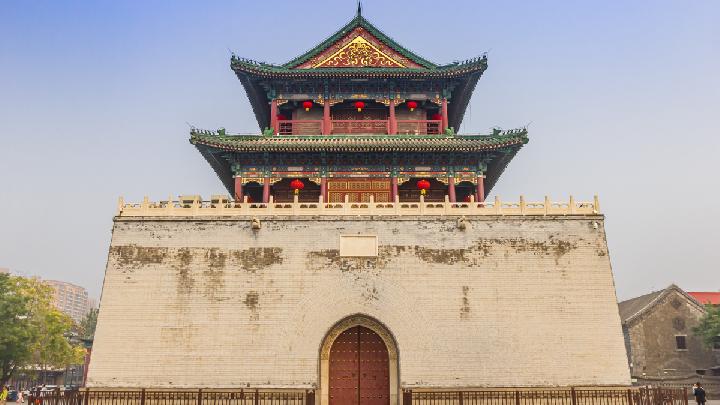
China welcomed world leaders as they arrived for the Shanghai Cooperation Organization, or SCO summit, on Sunday in Tianjin.
Russia's Vladimir Putin Lands in China for SCO Summit
1 hari lalu

Russian President Vladimir Putin arrived in the northern city of Tianjin, China on Sunday, August 31, 2025 to attend the Shanghai Cooperation Organization (SCO) Summit.
Prabowo Cancels Visit to China Amid Widening Protests in Indonesia
2 hari lalu
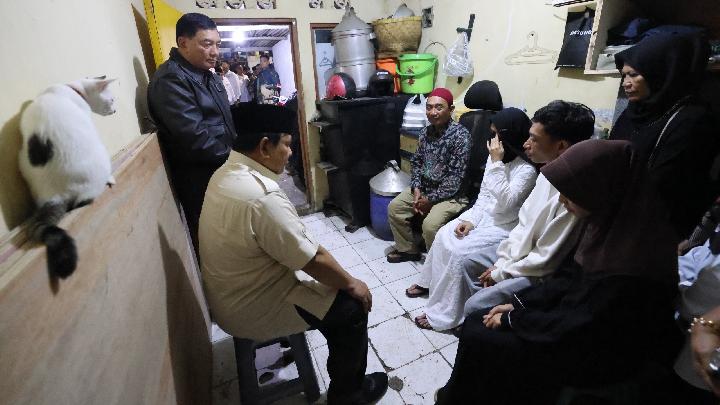
The Presidential Palace announced that President Prabowo Subianto has canceled his foreign visit to China to attend a military parade on September 3, 2025.
Prabowo Invited by Xi Jinping Amid Fiery Protests, What Is the Agenda?
2 hari lalu
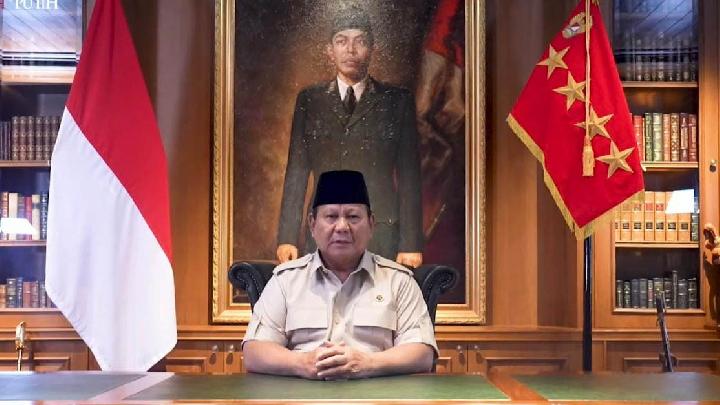
Prabowo is set to deliver a speech at the United Nations General Assembly in the United States before traveling to China.
Putin to Meet Iranian President in China Amid Renewed Nuclear Tensions
2 hari lalu

Putin will discuss Iran's nuclear program with President Masoud Pezeshkian in China on September 1 as Tehran faces Western pressure.
Prabowo Urged to Cancel China Trip Amid Nationwide Protests
2 hari lalu
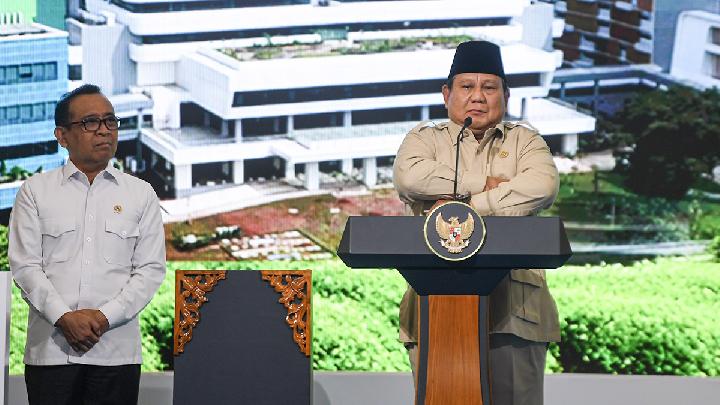
Former Deputy Foreign Minister of Indonesia, Dino Patti Djalal, suggests for President Prabowo Subianto to cancel his visit to China amid the widespread demonstrations in various cities in Indonesia.
Top 10 Largest Medieval Cities Around the World: Angkor Takes #1 Spot
3 hari lalu

From Angkor to Cairo and Venice, the largest medieval cities thrived across the world, shaping the Middle Ages and leaving a legacy that endures today
Should Animals Also Be 'Persons' in Law?
4 hari lalu

The classification of animals as 'property' underpins harsh judicial decisions and continues to plague the lives of animals in India.
Will BRICS Boom under Trump's Watch?
4 hari lalu
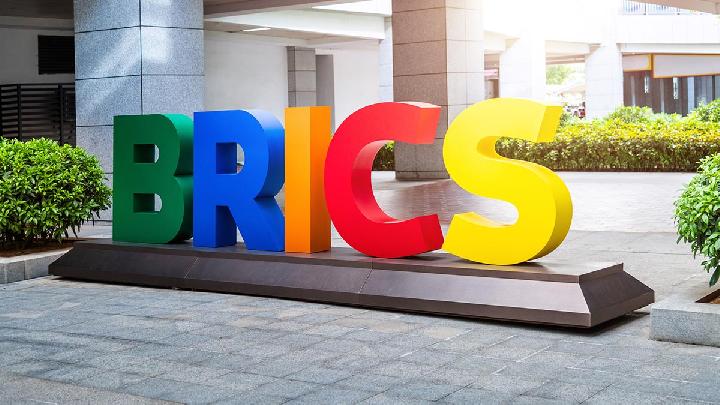
As India, China and Russia prepare for a key summit in Tianjin, has Trump forged a tighter alliance among his biggest rivals?

